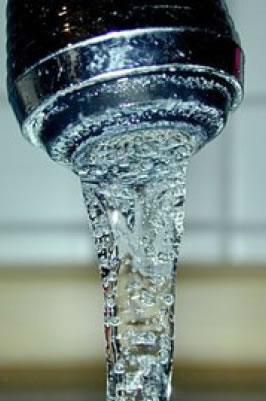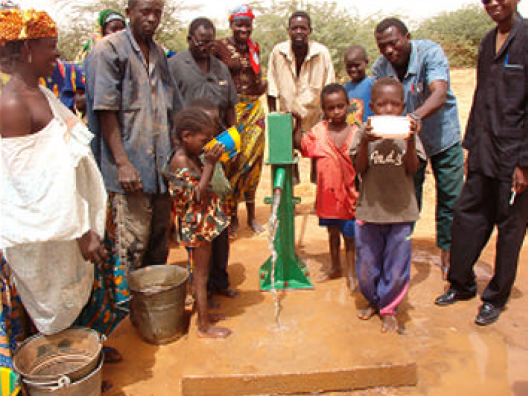 From Wikipedia, the free encyclopedia From Wikipedia, the free encyclopedia
Drinking water is water that is intended to be drunk by humans. Water of sufficient quality to serve as drinking water is called potable water whether it is used as such or not. Although most fresh water sources are drinkable by humans, they can be a disease vector or cause long-term health problems if they do not meet certain water quality guidelines.
Most nations have water quality regulations for water sold as drinking water, although these are often not strictly enforced outside of the developed world. Virtually all municipal water systems deliver a single quality of water, whether it is to be used for drinking, washing or landscape irrigation.
 Water resources Water resources
Water resources are sources of water that are useful or potentially useful to humans. It is important because it is needed for life to exist. Many uses of water include agricultural, industrial, household, recreational and environmental activities.
Virtually all of these human uses require fresh water. Only 3% of water on the Earth is fresh water, and over two thirds of this is frozen in glaciers and polar ice caps.
Water demand already exceeds supply in many parts of the world, and many more areas are expected to experience this imbalance in the near future. The framework for allocating water resources to water users (where such a framework exists) is known as water rights.
Water and conflict
Throughout history, water resources have occasionally been the source of conflict. Examples include:
- Well poisoning
- Privatization and Water Pricing in India [1], Kerala farmers vs. Coca-Cola
- Privatization and Water Pricing protests in Cochabamba , Bolivia in 2000
Nevertheless, some claim that the issue does not get the attention it deserves, in particular with regard to security.
For more information, download our full report on Water Resources and Portable Drinking Water supplies. |